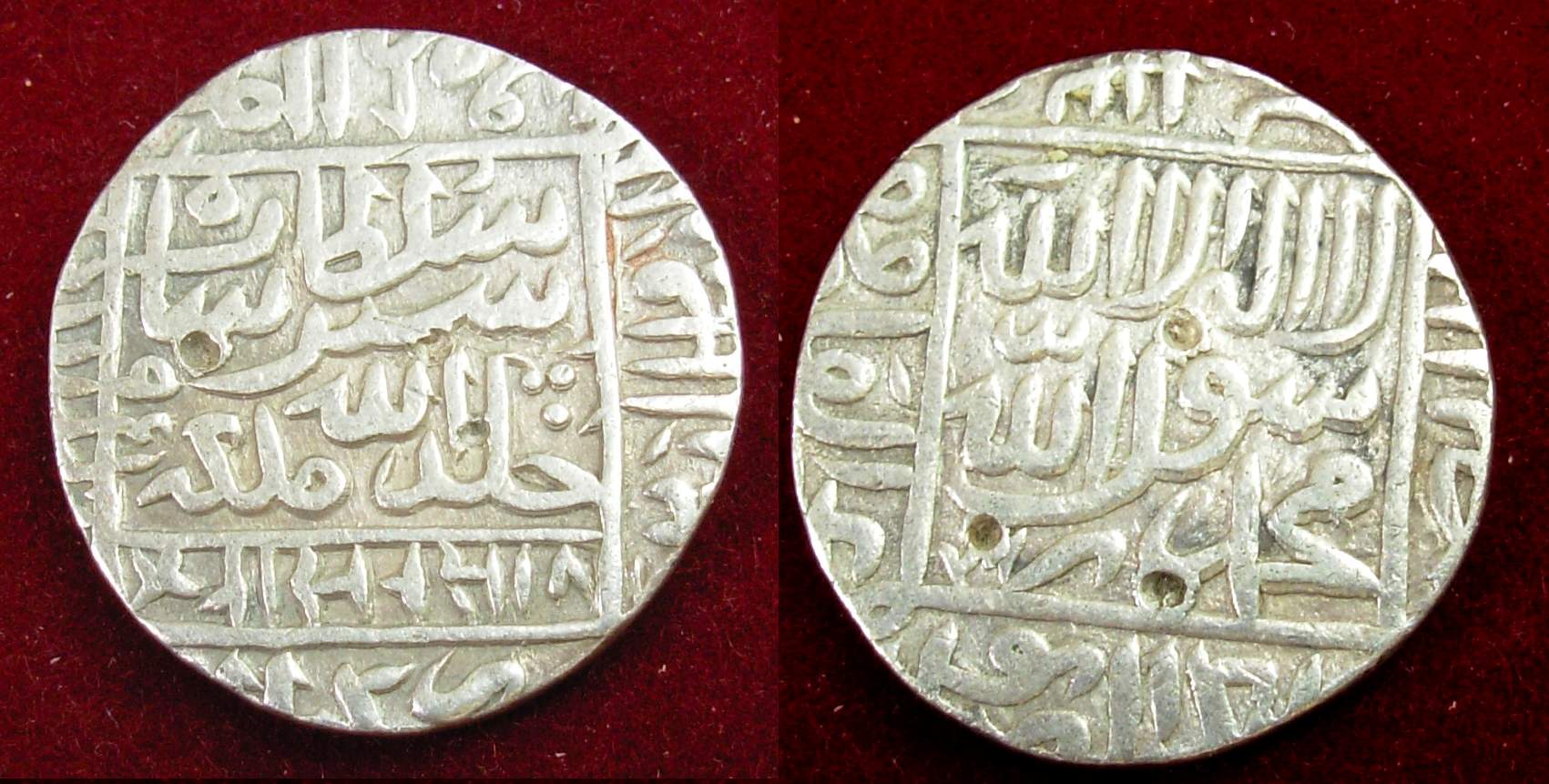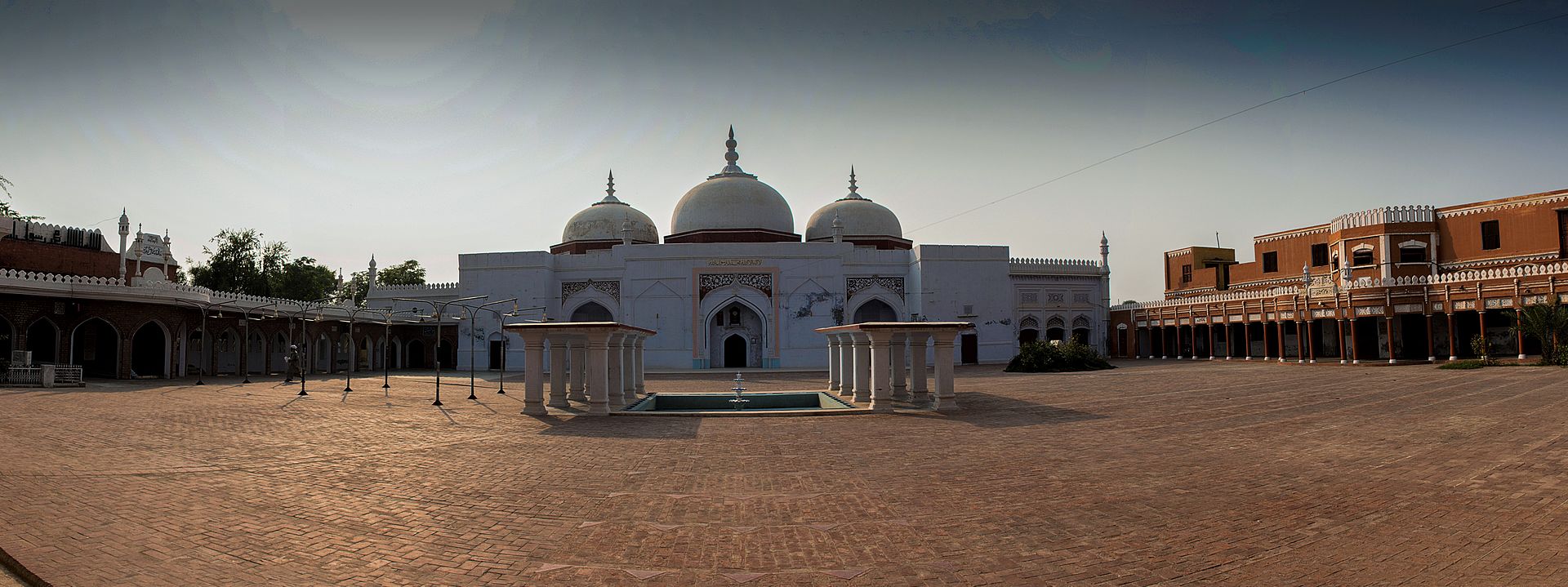Before going through the various reforms and policies which was introduced by Sher Shah Suri during his regime, one needs to understand the factors responsible for the military achievement against the Mughals who were the descendants of Tamerlane and Mongols. Mongols and Tamerlane were the most efficient warriors at that time who were known for their raiding skills during the war. So it is important to understand how an afghan warrior was able to defeat this defined highly skilled warrior.
Factors behind Military Achievements
One of the most prominent factors was the Sher Shah’s duty in the Babur Army. Sher Shah had worked for some time in the army of Babur. This enabled him to familiarize with the strength and weaknesses of the Mughal army. Sher Shah took the following measures to strengthen his army.
Strength: Sher Shah maintained a strong standing army at the center like Ala-ud-Din Khalji. His army included 1, 50,000 cavalry, 25,000 infantry, 3000 war elephants, and a part of artillery.
Recruitment: He did not depend on the Jagirdars for the supply of soldiers whenever needed by the Sultan. He maintained a direct link and made them direct loyal to him and not through jagirdars.
Descriptive identification: To check fraudulent practices in the army in inflating the figures of soldiers and horses, Sher Shah adopted the practices of maintaining the description (huliya) of the soldiers and that of branding (dag) of the horses.
Payment in cash: The soldiers were paid in cash whereas most of the officers were given the jagirs.
Mostly Afghans in the army: He recruited mostly Afghan soldiers from every part of the country and also from Afghanistan and gave them important posts in the army.
Supplementary armies: Besides the standing army under the direct command of the Sultan, provincial governors, nobles, and subordinate rulers were also allowed to maintain their separate armies.
Discipline in the army: In the words of Qanungo, “The severe discipline in Sher Shah’s camp in one campaign was sufficient to turn a raw recruit into a seasoned veteran”.
Military Strategies
Sher Shah was a past master in adopting successful war tactics. He believed in the maxim “Everything is fair in love and war”. Following are some of the main instances of Sher Shah’s military strategy
Sher Shah’s diplomatic surrender to Humayun at Chunar fort. Sher Shah’s pretense of withdrawing but a sudden attack at Humayun in the battle of Kannauj. Sowing dissensions in Maldev’s army by forged letters. Arriving at some sort of understanding with the ruler of Gujarat and keeping Humayun engaged in conflict with him. Raising the cry of ‘jihad’ to infuse enthusiasm among his soldiers. Going back from his promise with Rajput ruler Purnamal Chauhan and sudden attack by Sher Shah on him.
Reforms introduced by Sher Shah Suri
Sher Shah was more optimistic as well as a practical leader as compared to other previous leaders who enjoyed the benefits of the thrones of Delhi. Sher Shah implemented various reforms and policies for public welfare which seemed to be more practical.
Civil Administration
Sher Shah Suri divided his empire into 47 sarkars. The sarkars were divided into Parganas. Shiqdar was the head of Sarkar and head of pargana administration. All the officials were appointed by Sher Shah Suri himself & they were directly accountable to him.
Sher Shah Suri followed the system of local responsibility. In case, the officer’s faith in catching the criminal they were punished by him. The administrative system of Sher Shah Suri was so efficient that there was peace & security everywhere & crimes were rare.
According to Abbas Khan Sarwani, even an old woman could walk in the middle of the night with a basket full of gold & nobody dare to touch her. The peace & security prevailing during Sher Shah Suri’s reign contributed too big to the growth of trade & commerce. Trade roots are safe & merchants were not required to worry about the safety of belongings.
Judicial Reforms
Sher Shah Suri appointed Qazi & Mir Adil to try the cases of judicial cases. Separate code established for civil & criminal cases. In civil cases, Hindu laws were applied to Hindu & Islamic law was applied to Muslims. But in criminal cases, uniform Islamic law was applied to all. The punishment was severe. The purpose of punishment was not to reform the criminal but to set the example for others.
Currency Reforms

At the time of Sher Shah Suri to the throne of Delhi. The currency system had debased. Different types of mixed currencies were in circulation. Sher Shah Suri abolished all these currencies & issued two new currencies made up of silver & copper. Silver currency issued by him is known as Rupaiya.
The currency reforms of Sher Shah were so lasting i.e. rupaiya continued throughout the Mughal period as well as East India Company for a long time (till 1883). The name of the modern Indian currency is drawn from the same.
Communication Reforms
Sher Shah constructed several roads to connect various parts of India. The most important road built by Sher Shah connected Sonar Gaon in Bengal with the Indus River (Takshila). At present, it is known as the Grand Trunk (GT) road.

One road was built to connect Agra with Burhanpur & other road connected Agra with Jodhpur. The 4th road built by Sher Shah connected Lahore to Multan. Trees were planted near the roads. Wells were dug for making the provision of drinking water. Rest houses (Sarai) were constructed for benefit of travelers. There was a separate arrangement for Hindus & Muslims in these rest houses.
Sher Shah reformed the postal system as well. The Sarai was used as Dak Chauki (PO). A relay system was used for the transportation of posts. The in-charge of the post office was known as Daroga-i-Dag Chauki. For communication of secret information, aspies were appointed by Sher Shah.
Educational Reforms

Sher Shah initially referred to education for Muslims. He didn’t interfere in the education system of Hindus. Maktabs were established as a center of primary education. These were attached to the mosque. The learning of Persian & Arabic was imparted in these institutions. Madrasas were centers for higher learning. Sher Shah issued land grants to the education institution of both the Hindus & Muslims.
Welfare Measures
Despite being a despotic ruler, Sultan Sher Shah Suri initiated various welfare measures for benefit of the people. Land grants were issued by him to the man of learning & religion. Belonging to the communities of Hindus as well as Muslims.
Free kitchens were established by him to feed the poor & hungry. Planting of trees & digging wells & construction of public rest houses could be also considered as a welfare measure of Sher Shah.
Taxation Reforms
Sher Shah introduced a new system of Lr assistance known as the Zabti system. Several taxes were being collected from merchants, traders & manufacture when Sher Shah came to power. He abolished all these taxes & collected only two taxes.
The first tax was collected at the stage of the manufacturing of items. The second tax was collected when goods were sold to the final consumer.

